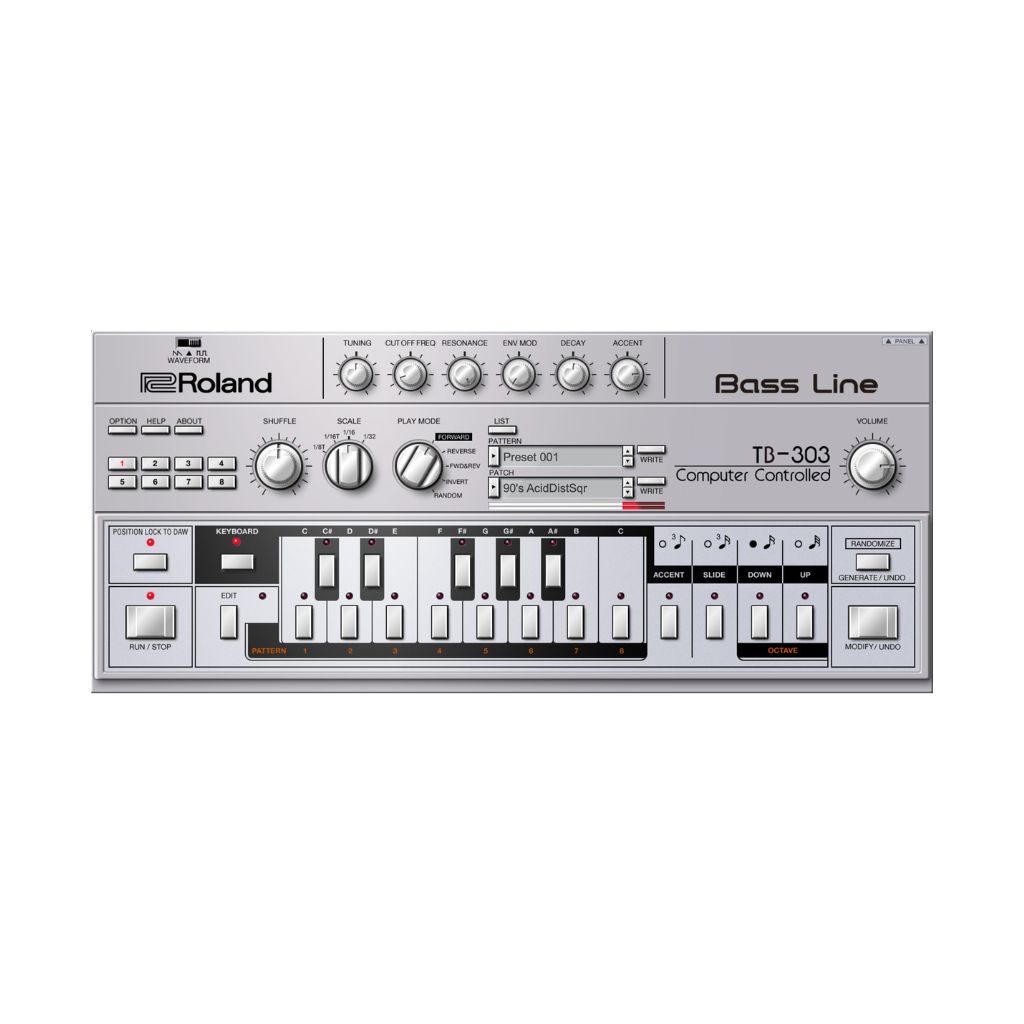“There’s no other machine that has a sound so remarkable” — Artists give their take on the TB-303
Acid pioneer DJ Pierre, Hector Oaks, East End Dubs, Red Axes and Kruder & Dorfmeister talk the past, present and future of the 303 sound following their shows at CRSSD Fest.
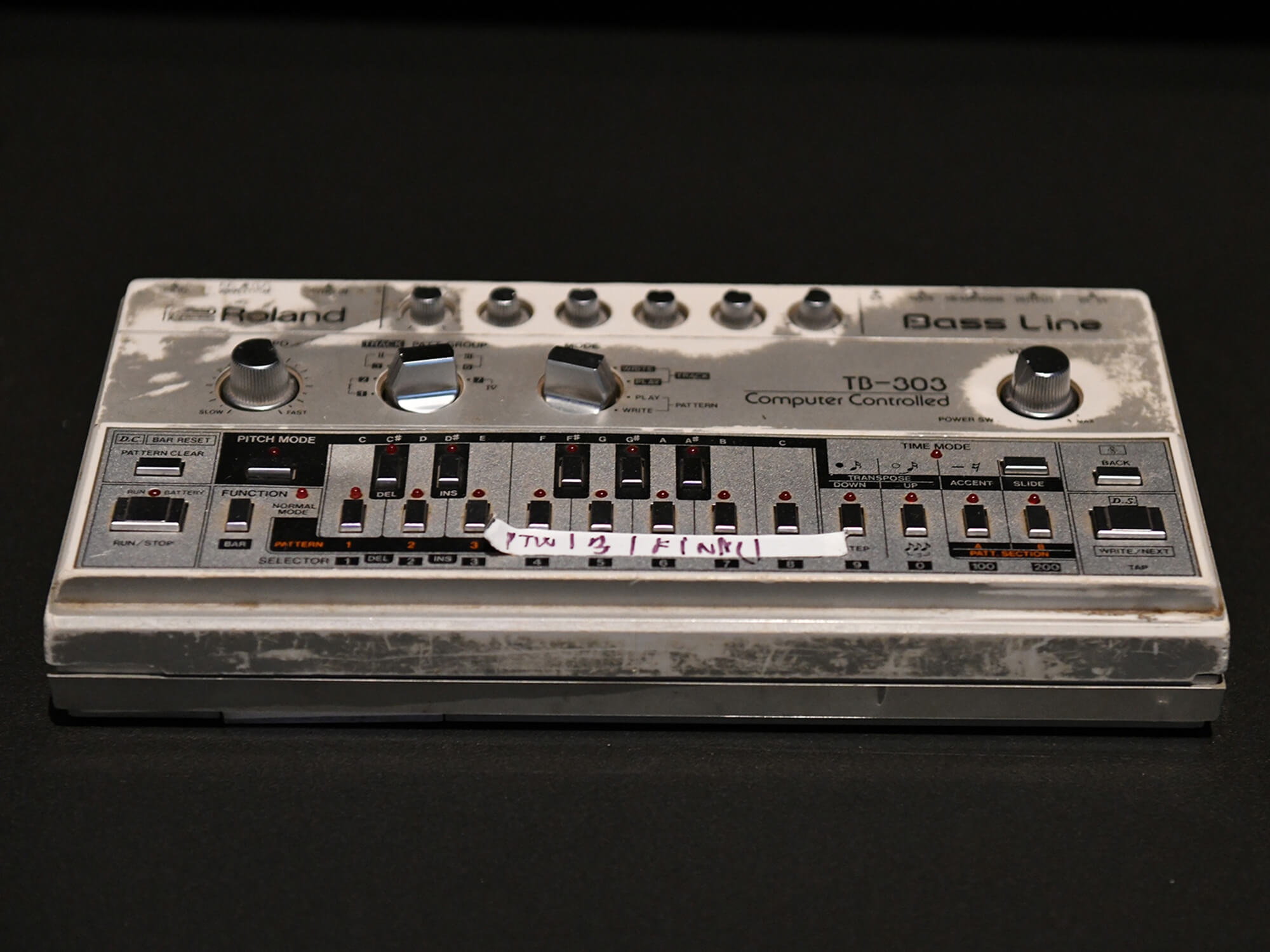
A TB-303 at the exhibition ‘Electronic: From Kraftwerk to The Chemical Brothers’ at The Design Museum in London, 2020. Image: David M. Benett/Dave Benett/Getty Images
Everybody needs a 303. The Roland TB-303 Bass Line synthesizer was launched in 1981 as a bass accompaniment machine for musicians, but, following some accidental – now historical – tinkering by Phuture’s DJ Pierre, has transformed dance music.
The 303 didn’t just lead to the creation of acid house music but weaves its versatile low-end frequencies into loads of genres today. Whether it’s the focal point of a track, like in Josh Wink’s rave anthem, Higher State Of Consciousness, Daft Punk’s iconic Da Funk, or even Tame Impala’s Breathe Deeper, this machine-made bassline is deeply implanted into our encyclopedia of sounds.

We hear from five 303-loving artists who played and jammed out at CRSSD Festival and CRSSD Lab in San Diego during 303 Day. There was even a CRSSD’s 303-theme afterparty — talk about acid love.
Acid house pioneer DJ Pierre, Berlin techno artist Hector Oaks, Austrian trip-hop duo Kruder & Dorfmeister, Israeli electronica outfit Red Axes and minimal house Londoner, East End Dubs all help decipher what it is exactly that producers love about Roland’s iconic TB-303, and what our favourite uses of the synth have been over the past 43 years.
- READ MORE: Behringer and Roland dominate in new world map showing most popular synth brands by country
Do you recall what made you fall in love with the 303? On a track, or the first time you heard it on its own, perhaps?
DJ Pierre: “Unknowingly, I’d heard it on a song by Nucleus called Jam On It when I first started DJing. Even when I finally came across the 303, I didn’t recognise that it was the same bass sound that was on that track. For me, it was all about the texture.”
East End Dubs: “I remember watching Daft Punk live in London; they started their set with Da Funk. I will never forget that moment. I had goosebumps watching that performance live. The first thing I did when I got back home was purchase my first 303.”
Hector Oaks: “I remember very well the first time. I listened to Aphrohead – In The Dark We Live (Dave Clarke’s 312 Remix). A real techno song. Epic.”
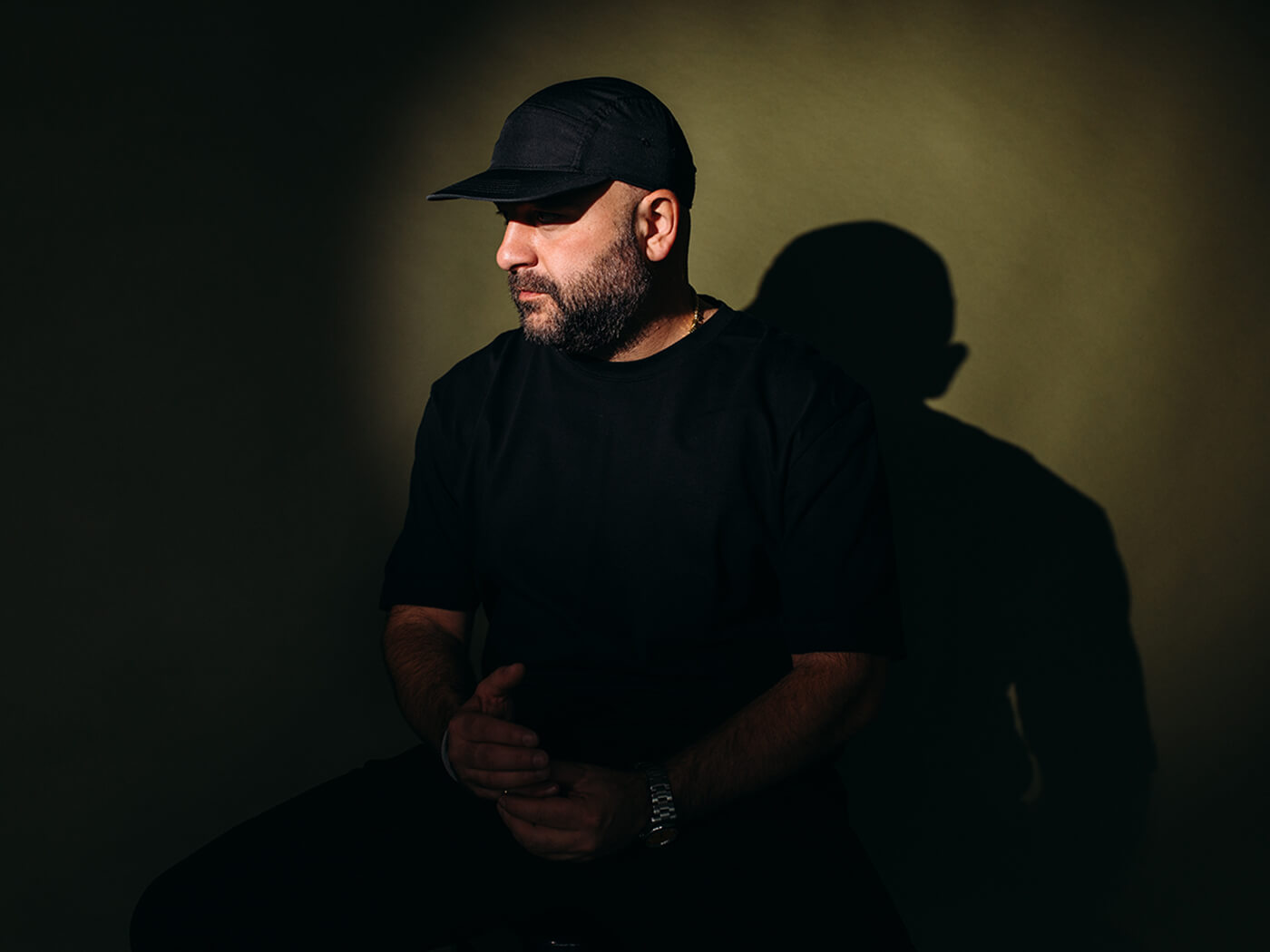
What did you want to do with that 303 sound when you first got your hands on one?
DJ Pierre: “I honestly thought that I was going to be making some dope deep-sounding basslines. I had no idea that I would end up creating a whole new sound called Acid and a new genre of music!”
East End Dubs: “I got my hands on it, tried to create the bassline of Josh Wink’s Higher State of Consciousness. It took me a while but I managed to get very close to it at the end. I then produced my Acid Cutz EP with a Roland TB-303, TR-808 and TR-909.”

Why do you think there haven’t been any other “accidental” sounds like the 303 recently?
DJ Pierre: “Let me first clarify the whole accident thing. I hadn’t thought about it this way until legend Lil Louis said to me, ‘Pierre, YOU are the acid’. He said to me: ‘What you did and how you approached the 303 is how you approached every keyboard and synth – twisting those knobs like that is a ‘you’ thing.
“‘When you came across the 303, you heard something so special that you, Spank and Herb decided to make a whole track featuring that unique sound that only happens when you twist the knobs on the TB-303 while the sequence is playing.’”
Red Axes: “As time goes by, we know too much and make fewer mistakes. We lost the beauty of mistakes, but maybe soon we will get another great mistake.”
Hector Oaks: “I think that the room for mistake is getting quite narrow. Synth companies already have this in their mind and many of the machines are intentionally built to be used in unexpected ways.”
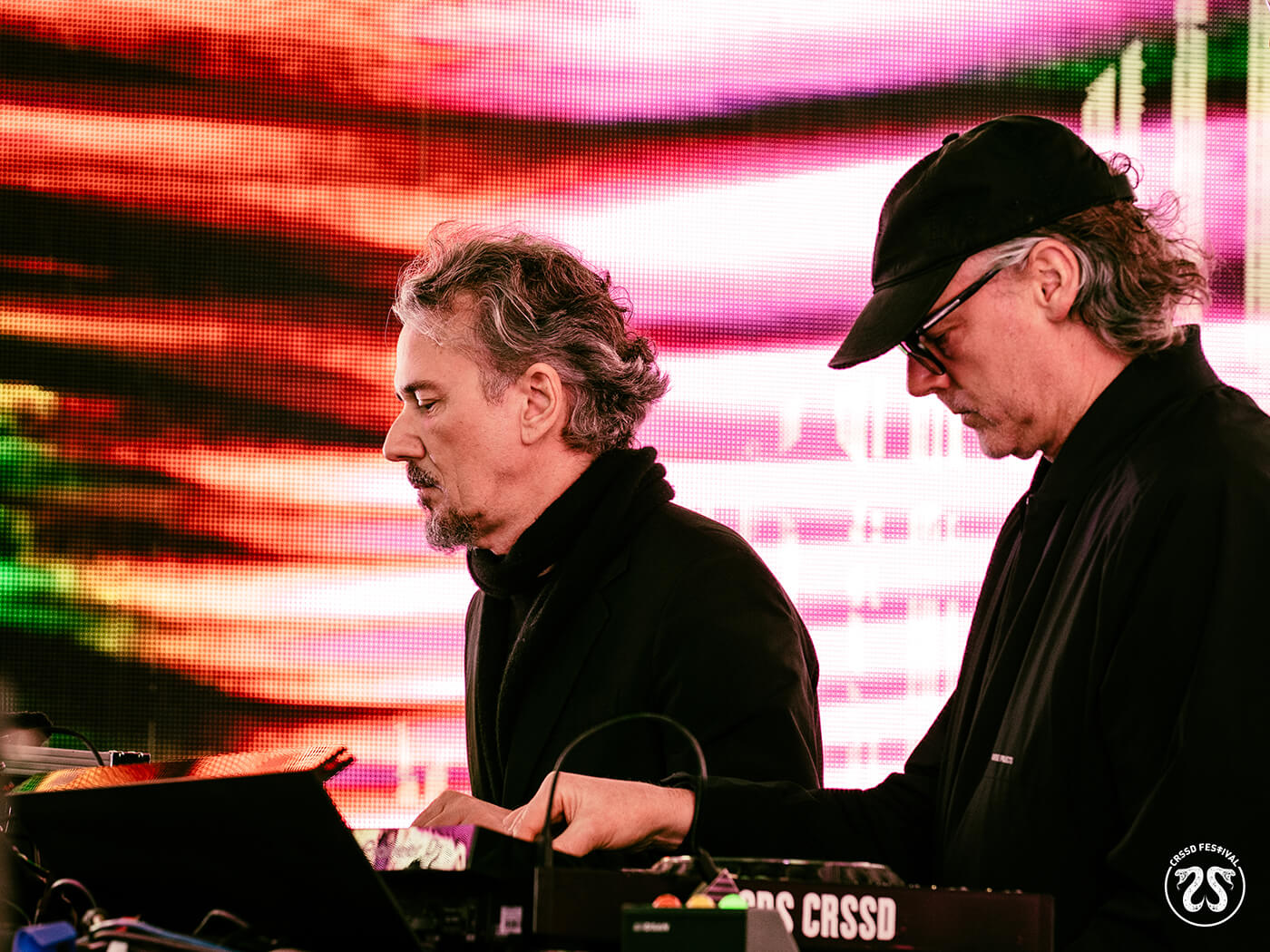
Do you prefer having the 303 sound accessible via a plugin with easy programming, or going physical and getting stuck in?
East End Dubs: “I have both analogue and digital versions of 303. I think you can’t beat the sound of analogue, however, the 303’s much easier to program via a plugin.”
Hector Oaks: “Lately I’m more into the physical. I guess the serotonin hit that you get when playing an instrument is quite different than when you compose a track in the box. However, I use both to create my music. So, more hardware for the creation phase and software for the arrangement part. Although I’m trying to unify the process.”
What’s the worst thing about the 303?
DJ Pierre: “If I find it, I’ll let you know.”
Kruder & Dorfmeister: “Definitely the programming – if you wanted to program a bassline as planned it can take ages.”
Hector Oaks: “The worst thing is also the best thing. Although you know it well, it’s hard to achieve predictable results with the 303. There is the magic of the instrument: how a slide to a higher note can interact with the filter to create something unexpected that blows your head.”
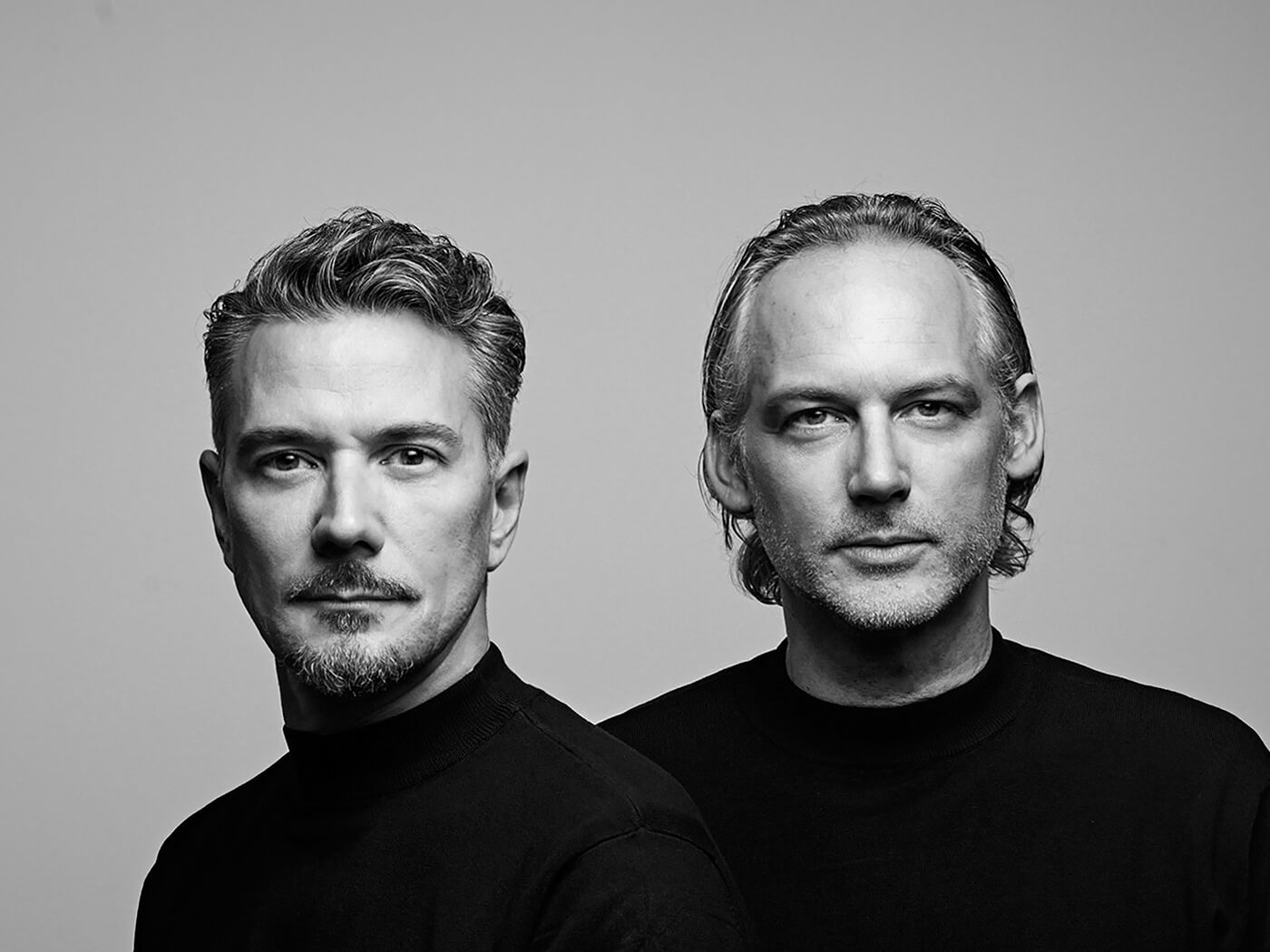
What’s the best thing about the 303?
Kruder & Dorfmeister: “It’s the remarkable sound that only this machine can produce – there is no other machine that has a sound so remarkable. It’s an addictive sound, but you have to be careful not to overuse it because it’s such a dominant sound.”
Red Axes: “The best thing is that it always gives the song or track this special acid bump, whether it’s a lead or a bass line. It’s super easy to fit into the mix.”
DJ Pierre: “The 303 ushered in a new way of interacting and creating with all keyboards, drum machines and synths. Since the creation of the ‘acid sound’, all keyboards and synths have been made with the idea [that you can] manipulate the knobs and levers while the pattern/sequence is running to record your performance and hopefully create something special.”
